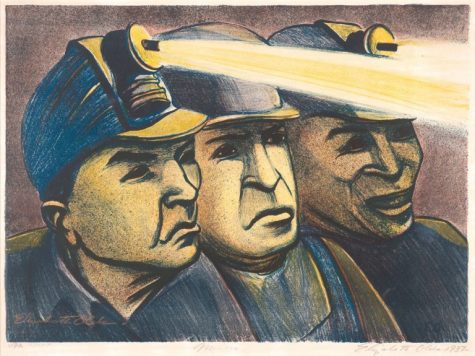Et Cetera for February
Bi-Weekly Recommendations by Esmé Bessor-Foreman

1738 By Todd Hido
Dark
February is an odd month. Although technically the last classified as the last dregs of winter, it feels the longest, bleakest, and furthest away from summer. It lacks the hopeful possibilities of January and the barest traces of spring that March offers—its only identifiable traits seem to be a pervasive gloominess and sense of unidentifiable dread, making it the perfect month to embrace the strange, the horrific, the fear-inducing. Ahead, find pieces that embrace the darkness and are best consumed when hoping for a two-hour delay.
-Esmé
“Snakebit” by Alia Volz, from The Threepenny Review
(https://www.threepennyreview.com/samples/volz_sp16.html)
Written by a self-proclaimed ophidiophobe, “Snakebit” explores the origins of the author’s phobia. With sinuous style and scaly diction reminiscent of the lead reptile itself, this essay ensnares and enthralls its victims quickly and effortlessly with equal parts charm and .
“Skeleton” by Ray Bradbury, from The Vintage Bradbury
(https://mrewert.edublogs.org/files/2016/03/skeleton-13v0hv5.pdf)
Despite its very illuminating title, “Skeleton” still manages to deliver completely unexpected and wonderfully descriptive plot twists only Bradbury could pull off while keeping a straight face.
“Night” by Alice Munro, from Granta
It’s easy to get jealous of Munro’s fluid, easy style, and she puts it to good use in “Night”, an essay based on her memory of having trouble sleeping as a child living in a remote farmhouse. The piece simply simmers with dark undertones, but never seems to embellish experiences for shock value. Perhaps that’s what makes it so sinister—blank spaces are left for the imagination to fill in with whatever grim details it so pleases.
“How the Surprise New Interactive Black Mirror Came Together” by Peter Rubin, from Wired
(https://www.wired.com/story/black-mirror-bandersnatch-interactive-episode/)
⑃If you were as awestruck by the thought of how much effort ⑃went into making Bandersnatch, you’re ⑃not alone. In this article, two spear⑃heads of the innovative⑃ project, Carla Engelbrecht⑃ and Todd Yellin, are ⑃interviewed⑃ and go into great depth as to how the interactive ⑃aspect of the movie evolved from children’s movies into a ⑃horrifying choose-you-own-adventure⑃ fever dream that took more than 18 ⑃months to produce.⑃
“The History of Blood” by Jerome Groopman, from The New Yorker
(https://www.newyorker.com/magazine/2019/01/14/the-history-of-blood)
While technically a book review, “The History of Blood” is a fascinating standalone read, especially for those searching for something a bit more digestible than a 250 page, research-heavy deep-dive into the subject of blood (the book is called Nine Pints by the way, and serves as the backbone of all the information provided in this review). The article boils down the most essential and interesting bits of the book into one surprisingly fascinating piece, especially considering The New Yorker’s historically hit-or-miss publishing track record.






